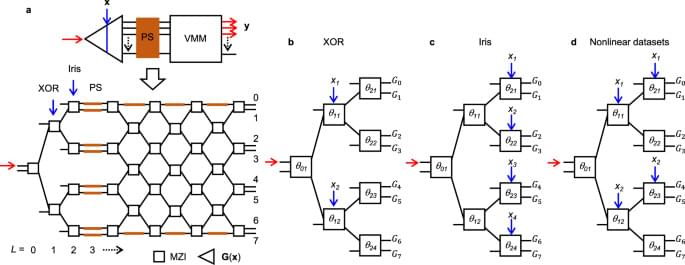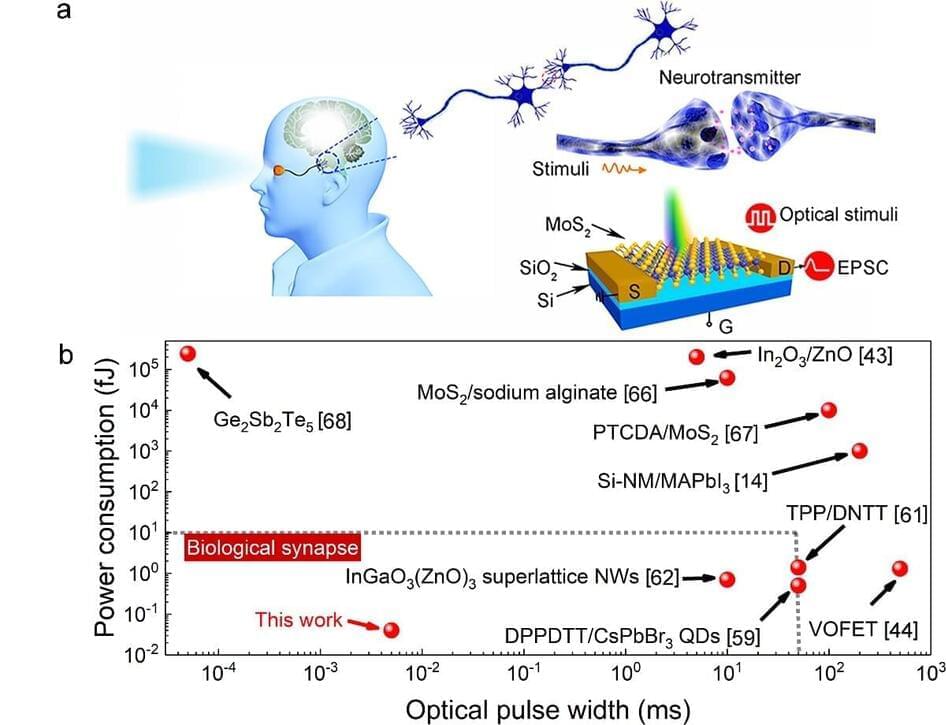Selmer Bringsjord, and his colleagues have proposed the Lovelace test as a substitute for the flawed Turing test. The test is named after Ada Lovelace.
Bringsjord defined software creativity as passing the Lovelace test if the program does something that cannot be explained by the programmer or an expert in computer code.2 Computer programs can generate unexpected and surprising results.3 Results from computer programs are often unanticipated. But the question is, does the computer create a result that the programmer, looking back, cannot explain?
When it comes to assessing creativity (and therefore consciousness and humanness), the Lovelace test is a much better test than the Turing test. If AI truly produces something surprising which cannot be explained by the programmers, then the Lovelace test will have been passed and we might in fact be looking at creativity. So far, however, no AI has passed the Lovelace test.4 There have been many cases where a machine looked as if it were creative, but on closer inspection, the appearance of creative content fades.








